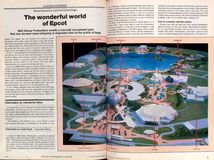

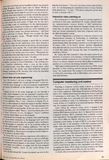

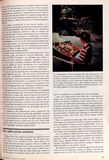
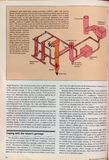
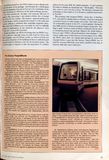
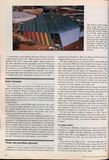
Forget Carl Sagan. He just explains the universe. Jacob Bronowski merely told us about the ascent of man. But the late Walt Disney, the greatest science popularizer of them all, thought big. Thanks to his vision, Walt Disney Productions will introduce the public this fall to the world of tomorrow – and not just in books, but in his inimitable style of animation and recreation.
On Oct. 1, the Experimental Prototype Community of Tomorrow (Epcot) will open on more than 500 acres of Walt Disney World in Orlando, Fla. Dozens of pavilions will be stocked with space-age exhibits: loquacious robots; solar-powered rides; animated movies created by the viewer with laser disks; demonstrations of zero-gravity farming; and more.
At a cost of $800 million, Epcot is not just a flashier version of Disney’s other amusement parks; the Disney people did not just “build a better mouse,” as they say. Rather, Epcot is a lesson in modern technology. The park houses large-scale demonstrations of state-of-the-art methods of information systems, computer monitoring and control, fiber optics, energy, and transportation. Almost all of the technologies that run Epcot-from the computers that control the robots to the photovoltaics that drive amusement rides-are out in the open for visitors to see.
In fact, Disney engineers hope that much of the technology showcased at Epcot will soon find application in the outside world. Perhaps the most promising system in this regard is the one that first greets visitors as they arrive at Epcot: a Bell information system.
[…]